Details
Panasonic Lumix S1
With effectively 24 megapixels for the LUMIX S1, the newly developed full-frame sensor, together with the new Venus Engine processor, ensures impressive image quality and creative freedom.
The Panasonic S1 features HLG Photo and High Resolution modes, and excels in professional usability and ruggedness.
It is the first full-frame mirrorless system camera to support video recording in 4K 60p and impresses with a Dual I.S. image stabilization system with in-camera and lens shake correction, enabling freehand shooting of dark or distant scenes that would normally require a tripod or other tools.
Lumix S Series cameras feature dual SD and XQD memory card slots for professional photo and video needs, and a sturdy LCD monitor that swivels on three axes for convenient handling.
A Leica L-bayonet mount not only allows the use of new Lumix S lenses, but also opens up the wider range of lenses from "L-mount Alliance" partners Leica and Sigma.
HDR Shooting - HLG Photo Mode: New Expressions for Photographers
The new HLG Photo mode makes it possible to capture images with a higher contrast range. The camera achieves rich, precise color reproduction that is closer to visual perception than ever before. Bright light is accurately reproduced, as are dark shadows that would otherwise be overexposed or underexposed. The particularly vivid images are saved as HSP files and can then be played back on the latest HLG-compatible TVs from Panasonic via HDMI cable or on other HLG-compatible end devices. HLG Photo mode is also ideal for image presentation by professional photographers.
High Resolution Mode: Capture breathtaking details
Using Body I.S. image stabilization, High Resolution mode automatically captures eight frames in rapid succession, each time repositioning the camera's sensor. The eight shots are then combined into a single photo by the new Venus Engine processor, which guarantees particularly fast image processing. Details are thus captured with the highest possible precision and saved in breathtaking images. This shooting mode is particularly recommended for natural landscape shots or delicate objects with fine details, for example. For situations in which the subjects are moving, distortion effects can be suppressed via a setting option, so that the photographer can take his pictures in exactly the same way as in normal shooting modes.
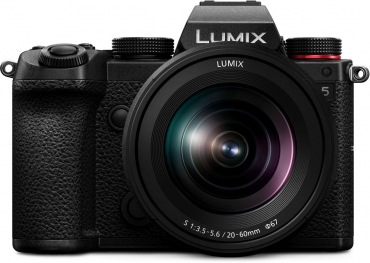
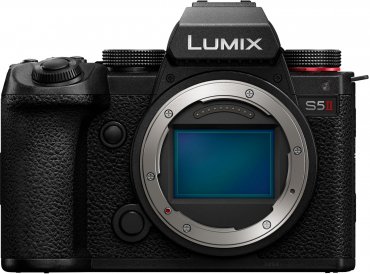

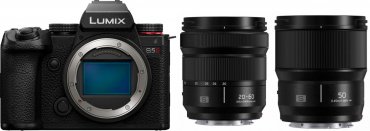
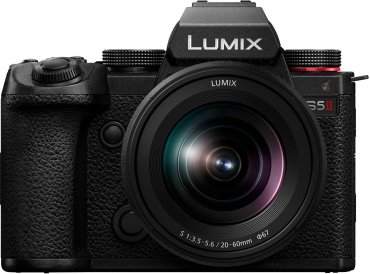

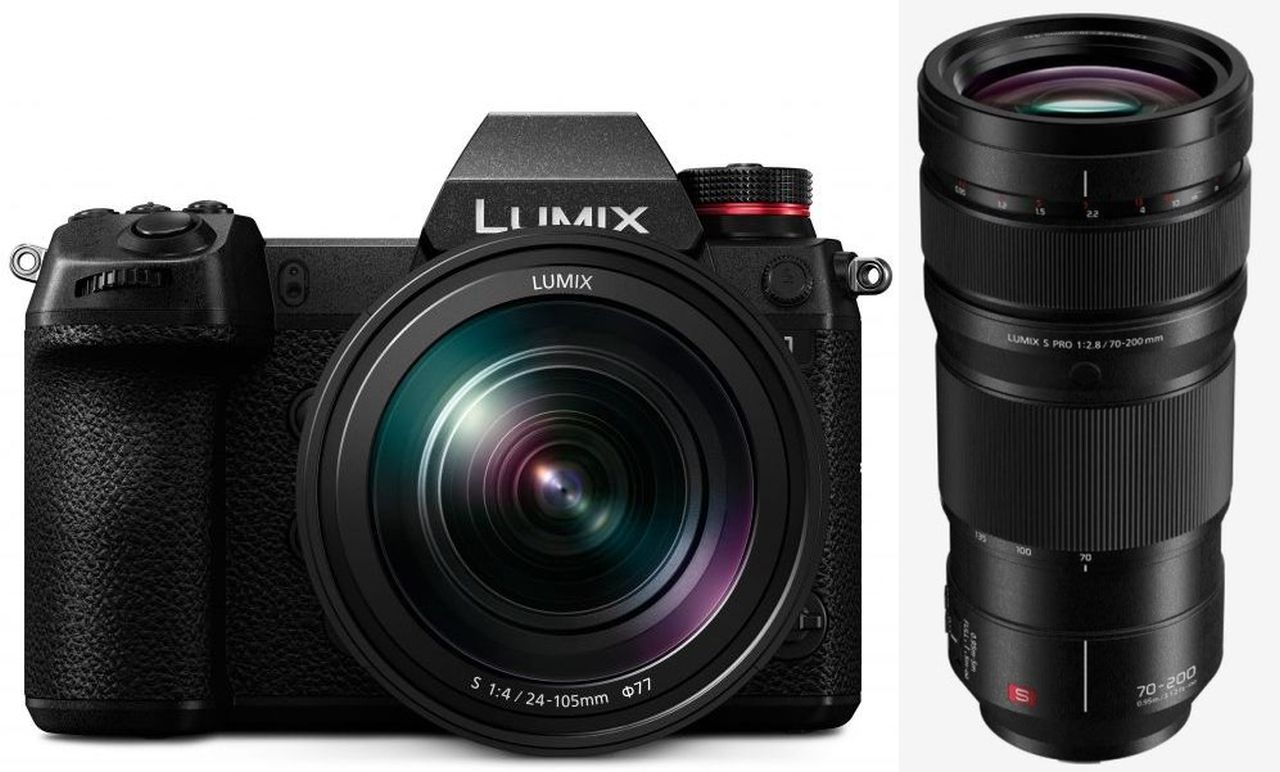
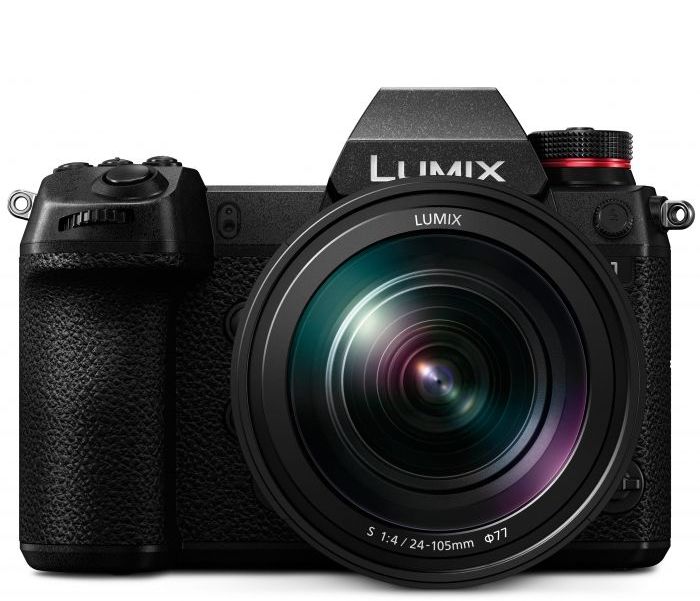
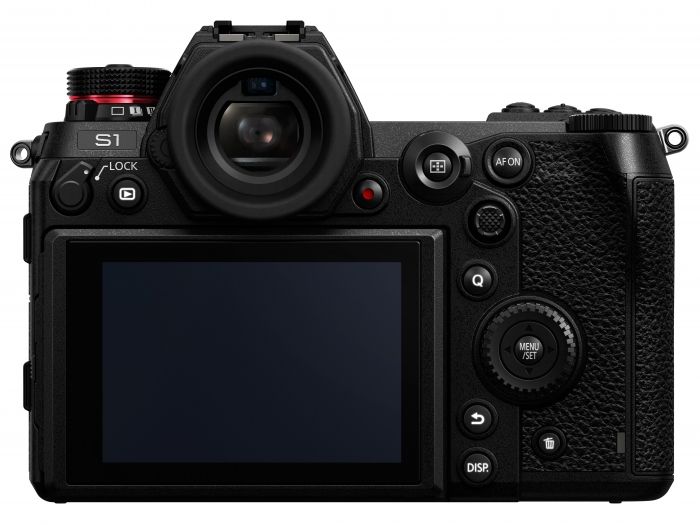
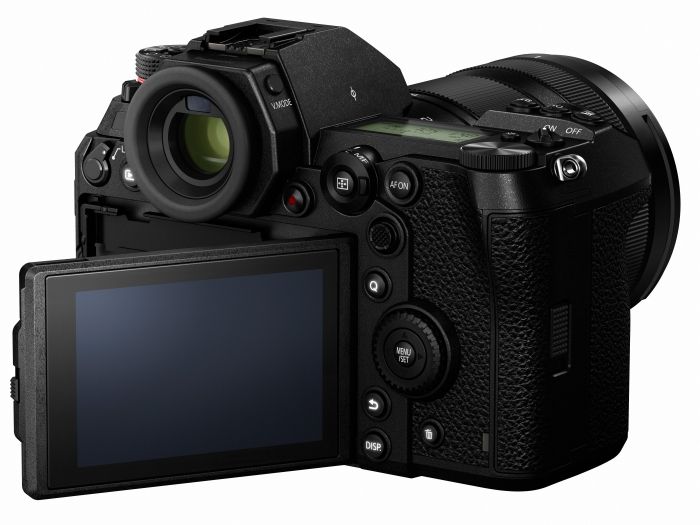
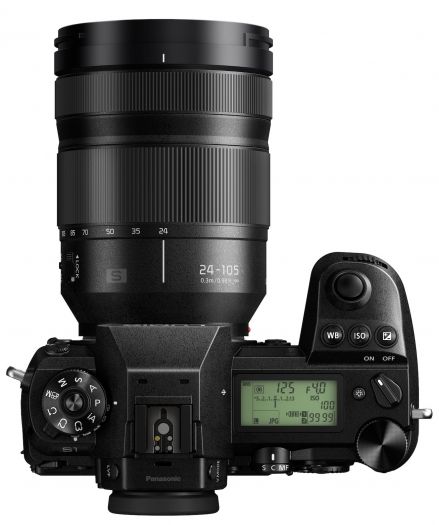

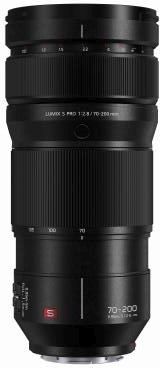

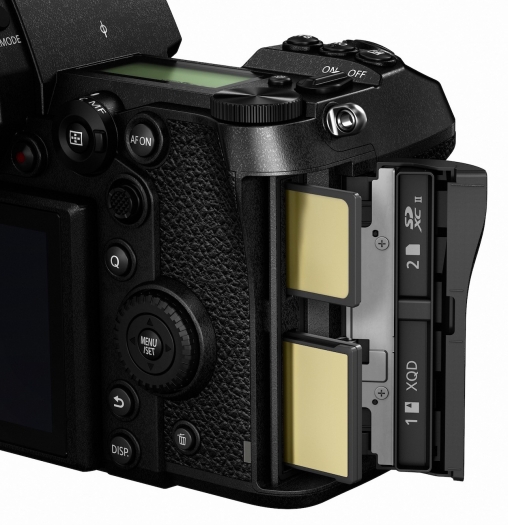
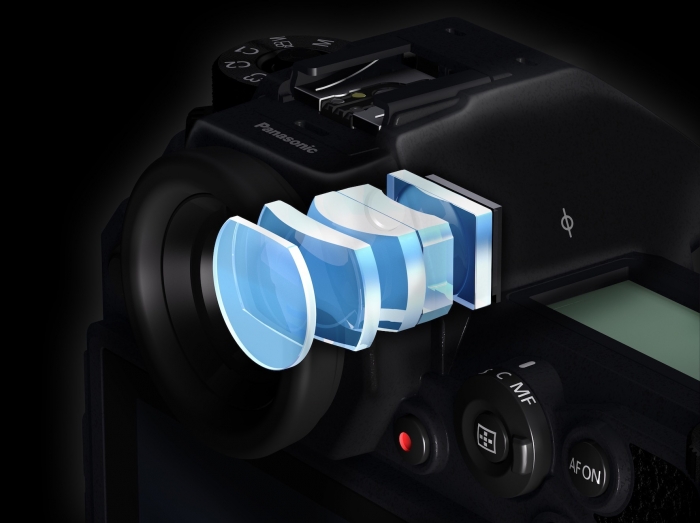




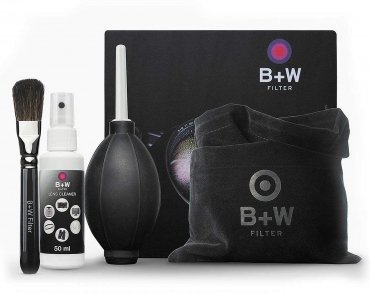
















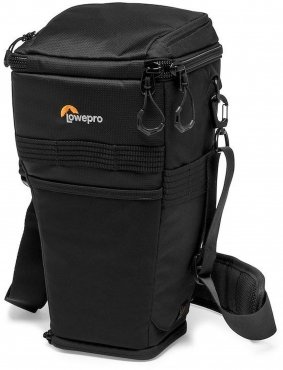


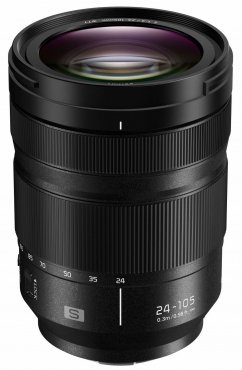
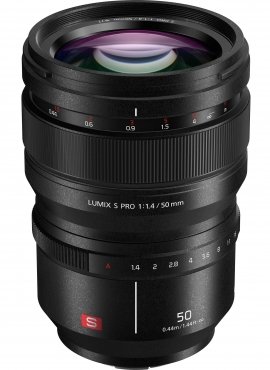
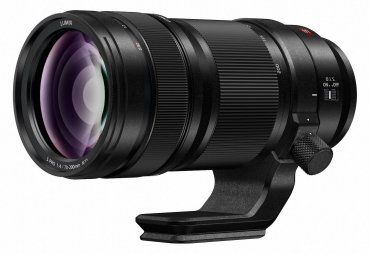


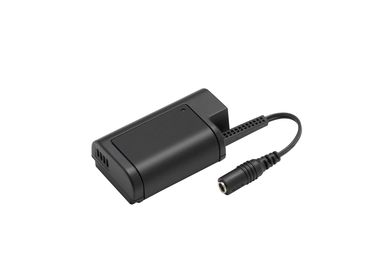
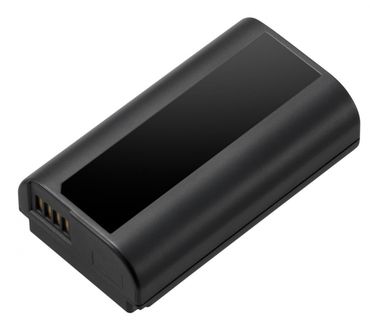
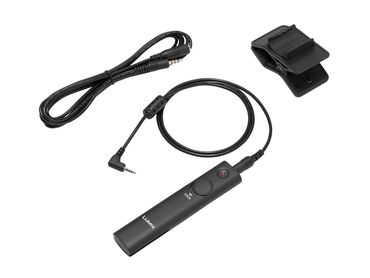
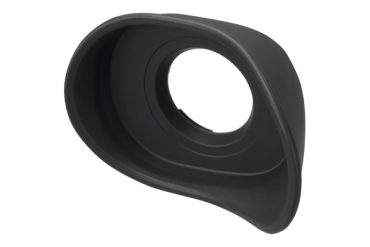
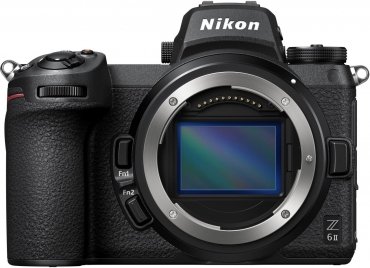
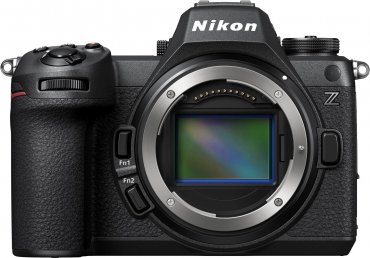
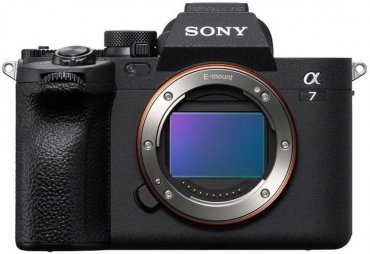
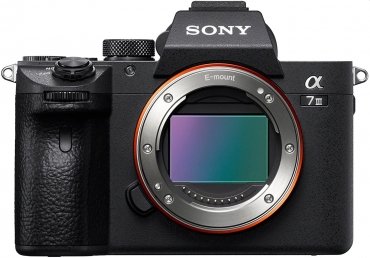
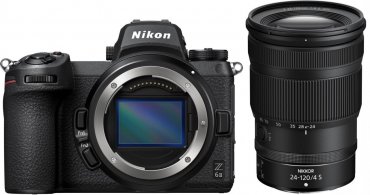
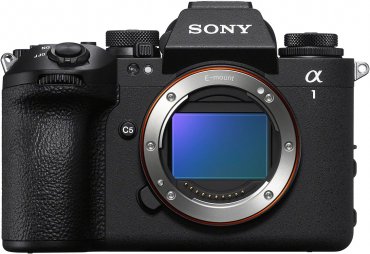
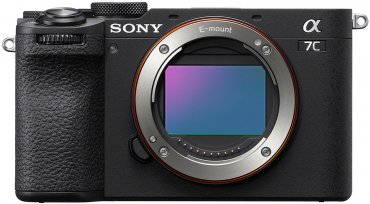

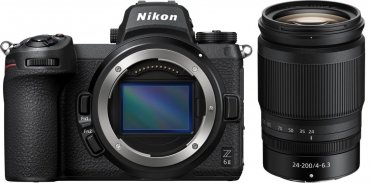

Simply subscribe and benefit as a newsletter recipient every week: